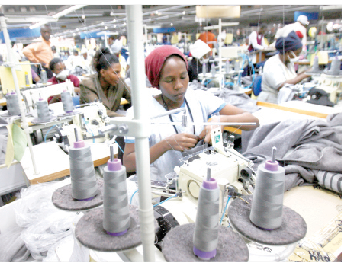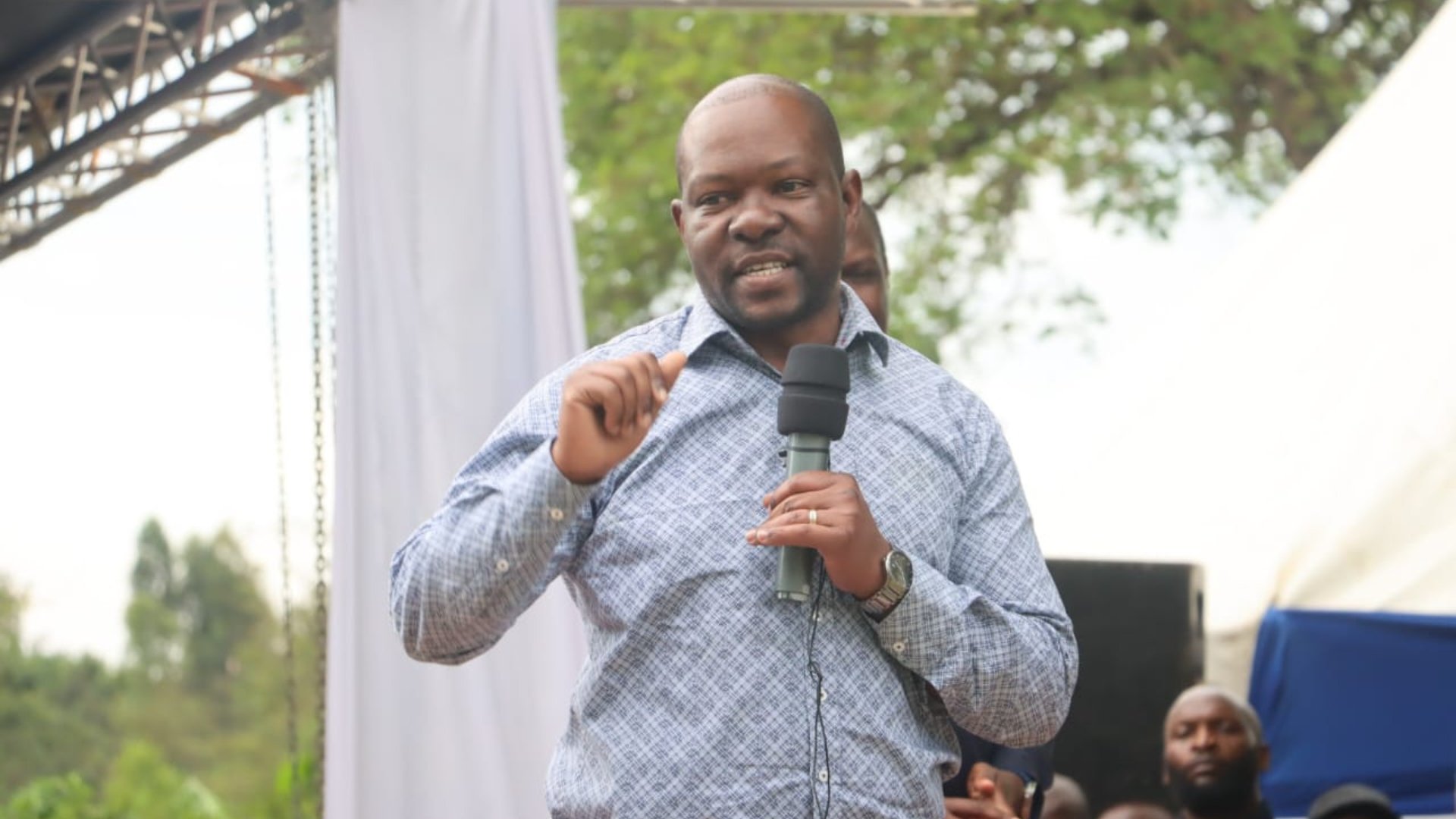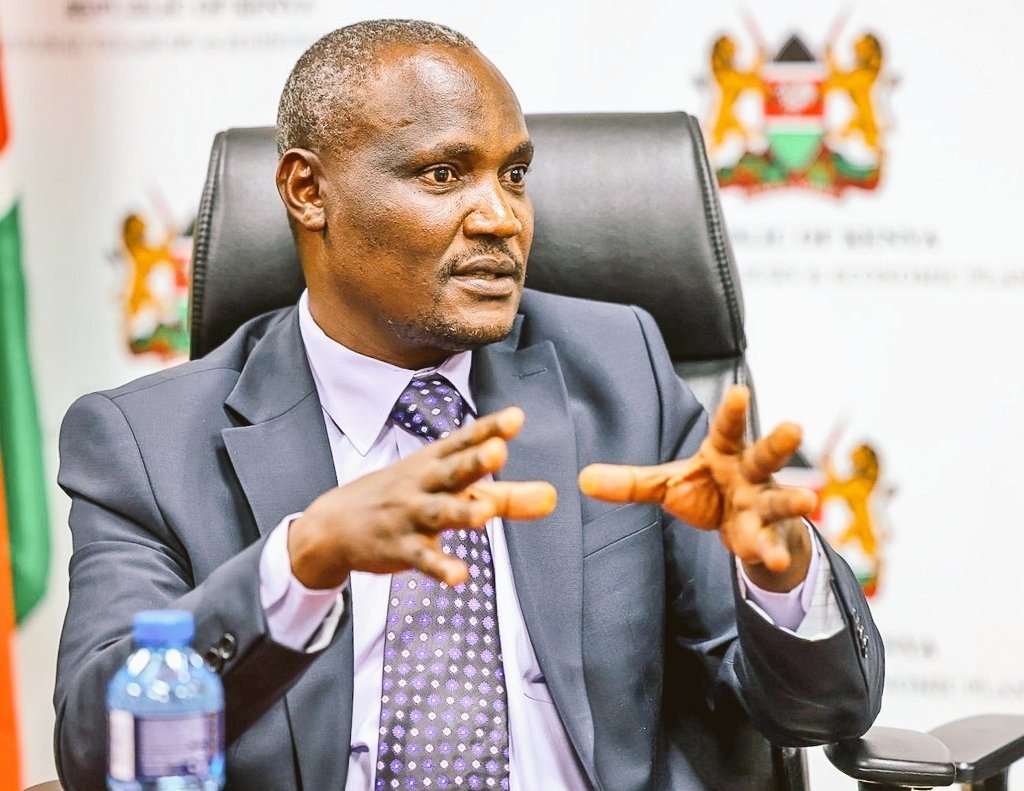State mulls Sh3.7b SGR line extension to Athi River EPZ

The government will roll out Sh3.7 billion in project that will see the Standard Gauge Railway (SGR) linked to the Athi River Export Processing Zone (EPZ) to ease the transportation of apparel to the global market.
Under the arrangement, the railway line will be extended to the export processing zone offering a railway siding, a layby to accommodate 10 trucks, a 450 square metre go-down alongside a two-storey office block and a parking lot for 30 small vehicles.
The mega project expected to take 24 months to complete is meant to be a bait for both local and international investors. Two cargo trains will be made available to transport both raw materials into the zone and cart away export garments.
During the inspection of the proposed railway siding project and industrial sheds at the EPZ by Cabinet Secretaries Kipchumba Murkomen (Transport), Moses Kuria (Trade) and Florence Bore (Labour) underscored the importance of improving competitiveness within the zone by cutting the production cost.
The Trade CS said the move is part of a raft of measures as the government roots for more investors that will create at least million jobs annually.
“We want more investors to set up companies in the controlled zones. We expect to create more jobs in garments industry. We are ready to compete with Sri Lanka and Bangladesh in global apparel market,” said Kuria. He added that the government will ensure steady water supply and bargain for discounted electricity billing for the investors. In 2021, Kenya’s exports to the US — mostly apparel were valued at Sh59.6 billion, a jump of more than a fifth from Sh49.4 billion in 2020.
Flagship centres
Export of duty-free goods to the US under the African Growth and Opportunity Act (Agoa) has crossed the Sh50 billion mark after declining last year.y689
The ministry, Kuria stated will be setting up eight more EPZ flagship centres across the county to reduce high demand for spaces within EPZ Athi River. Murkomen said his ministry is committed to improve infrastructure in a bid to support trade.
“Government has no money for capital intensive projects like roads, ports and railways and that is why we are leveraging public private partnership (PPPs) to realise more development projects,” he said.
The Nairobi Expressway is one such project that we are drawing lessons on PPP viability, Murkomen said.
Toll roads, according to the Treasury, are some of the projects being undertaken under the PPP model, with the government providing support such as land and also de-risking the project by taking a letter of support.
To incentivise the private investor, the government might, for example, provide land and pay for the evacuation of such utilities as electric poles and lines, fibre optic cables and sewer lines.
Also, the government accepts to carry the risk of the project in its books as a contingent liability, with the State taking out a letter of support covering political risks to insure against lawsuits in case of a call-up by the investor.











